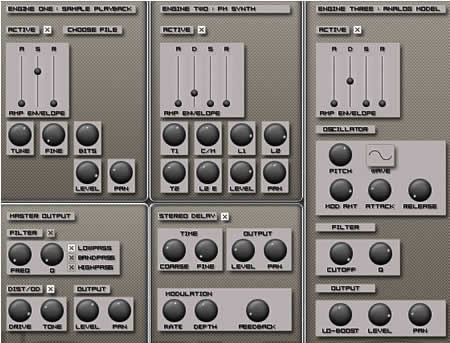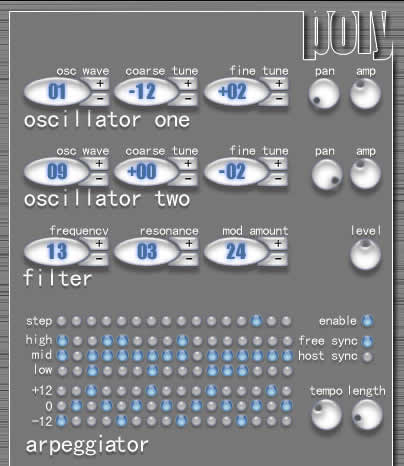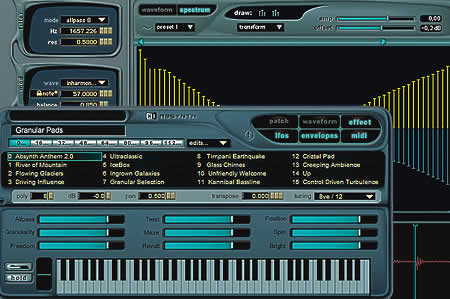Philips Consumer Electronics will add a new loudspeaker model to its Matchline CRT TV range in Europe later this spring. The AD904W will be a flat-panel design, using NXT transducer technology, and wireless as well.
The new speaker is intended for rear-channel applications in a home theater setting. The combination of flat and wireless should make for the ultimate in installation convenience.

Philips: “The AD904W offers an out-of-the-box home theater package, and is designed to ease integration into the family living space by use of NXT’s slim, high-design audio technology, and Philips’ own proprietary wireless technology, which removes the need for unsightly and awkward cabling.”
NXT flat-panel transducers exhibit excellent dispersion characteristics, so the relationship between speaker placement and listener is less critical than with many other loudspeaker designs. Philips says the AD904W will be able to produce a pure, coherent and uncoloured sound that is exceptionally smooth and balanced from any listening position in the room.
Commenting on the launch, Graham Ryan, NXT’s Director of TV and Home Audio applications: “Philips is one of our oldest partners, with a track record of launching excellent products using NXT technology. We’re delighted by this launch and see it as further recognition of the fit between NXT technology and the modern design aesthetic.”
The growing list of Philips products using NXT technology includes both 2.1 and 5.1 multimedia loudspeakers ensembles, an exciter for car audio applications that is currently under development by Philips Sound Solutions.









